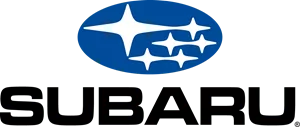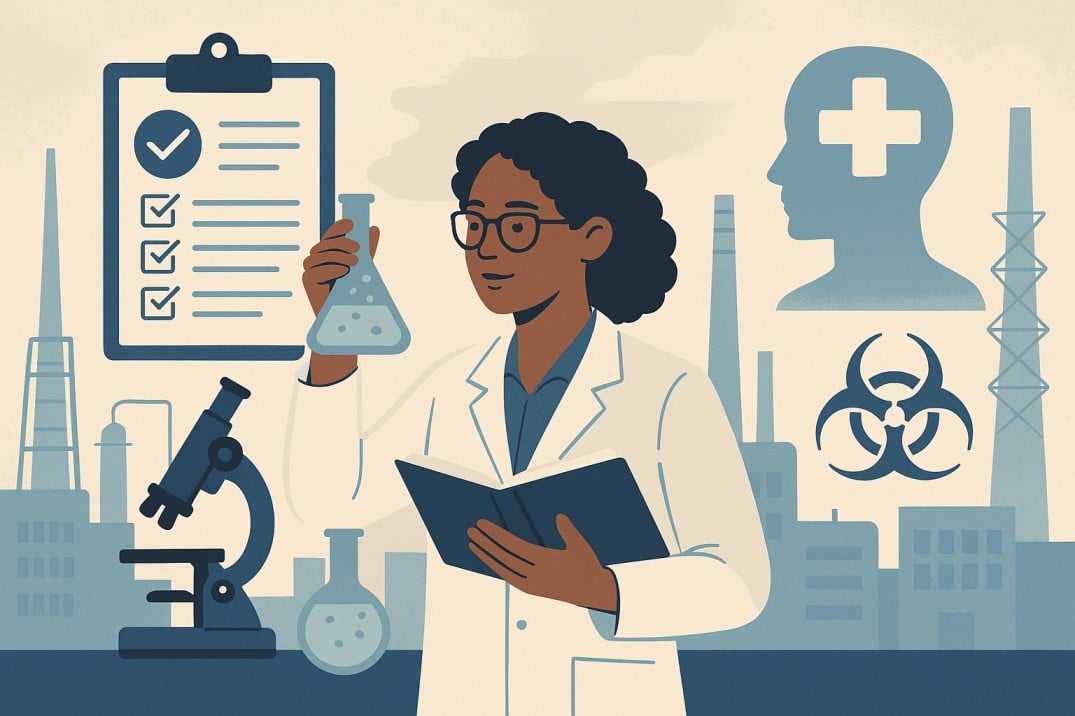HEART ATTACK IN THE WORKPLACE: EMERGENCY RESPONSE AND THE NEED FOR EMPLOYEE TRAINING
A heart attack happens when the blood flow to a part of the heart is blocked and starved of oxygen. It can lead to serious complications or even casualty if not treated promptly.
The environment in which we toil day in and day out can be a breeding ground for such cardiovascular calamities. Stress, sedentary lifestyles, and environmental pollutants poison the very essence of health. For those already burdened by the weight of obesity, diabetes, or hypertension, the danger of this cardiac catastrophe is even more acute.
Save Thousands Of Dollars With Coggno Prime Subscription
STATS
According to OSHA estimates, approximately 10,000 sudden cardiac arrests happen in the workplace every year in the United States alone. With such statistics surrounding heart attacks in the workplace are nothing short of alarming. It states the importance of emergencies and first aid training in the workplace.
RECOGNIZING SYMPTOMS
Recognizing the symptoms of a heart attack is crucial for prompt intervention. The chest may be the first to show classic signs of cardiac arrest—sudden pain or discomfort. Other signs from a besieged heart may include shortness of breath, nausea, lightheadedness, or pain in the arms, back, neck, jaw, or stomach. In some cases, however, symptoms may be subtle or even absent, making it essential to stay vigilant.
Must Read: Best First-Aid Courses & Certifications
EMERGENCY RESPONSE PROTOCOL
When someone in the workplace suffers from a heart attack, and each heartbeat could be a ticking time bomb, every critical second counts. The workplace should have clear and concise emergency protocols in place. It includes the below:
- Designating trained personnel responsible for coordinating emergency responses;
- Identifying evacuation routes;
- Ensuring access to emergency medical services.
FIRST AID TECHNIQUES
Basic first aid skills, including cardiopulmonary resuscitation (CPR) and automated external defibrillator (AED) utilization, are invaluable in mitigating the impact of heart attacks.
First Aid Safety Training Courses
ADMINISTERING CPR
Cardiopulmonary resuscitation (CPR) is a lifesaving technique. It can help maintain blood flow and oxygenation to vital organs during a cardiac emergency. If the individual is unresponsive and not breathing normally, begin CPR immediately by performing chest compressions and rescue breaths in a ratio of 30:2. Continue until help arrives or the individual shows signs of recovery.
UTILIZING AUTOMATED EXTERNAL DEFIBRILLATORS (AEDS)
Automated external defibrillators (AEDs) are portable devices that deliver an electric shock to restore normal heart rhythm in individuals experiencing sudden cardiac arrest. If an AED is available, follow the prompts provided by the device and apply the pads to the individual’s chest as instructed. Stand clear while the AED analyzes the heart rhythm and delivers a shock if necessary.
BENEFITS OF TRAINING
Trained employees can provide timely care like CPR to someone having a cardiac arrest in the workplace. Because of this primary care they receive, they are most likely to survive.
While some may view employee training as an additional expense, the long-term savings and benefits far outweigh the initial investment. Also, companies do not need to spend a fortune or time on basic training. Most training programs cost a dime and do not take more than a day to complete, which is a relatively simple commitment to make.
Furthermore, by investing in such training, you are avoiding costly litigation, minimizing productivity losses, and protecting the company’s reputation. These benefits yield an excellent return on investment (ROI) that is impossible to measure in monetary terms.
WHY SHOULD SOMEONE BECOME CPR AND AED CERTIFIED?
Below are a few reasons why employees should become CPR and AED-certified:
CERTIFIED TRAINERS KNOW WHAT TO DO
Certified employees who have received CPR and AED training know-how chest compressions work, where to press on the chest, and at what pace. They also know how AED devices work and can operate them in the event of an incident.
CREATES A SAFER WORK ENVIRONMENT
When someone is certified in CPR and AED, their colleagues will have peace of mind knowing they are there when a mishap happens. It will create a comfortable working environment for everyone in the workplace.
TRAINERS ARE TRAINERS, ANYWHERE AND EVERYWHERE
More than half of heart attack incidents occur outside the workplace. Individuals with CPR training and AED certification know what to do whenever and wherever anyone experiences a heart attack — both inside and outside the workplace.
EMPLOYEES FEEL VALUED
If you invest in your employees’ health, they are most likely to stay with your organization. Investing in employee training and education shows that you care for them. CPR and AED training provide your employees with knowledge they can use in times of uncertainty.
EQUIPPING WORKPLACES WITH THE NECESSARY TOOLS AND RESOURCES
In addition to training, workplaces should be equipped with essential tools and resources to facilitate emergency response. It includes first aid kits, automated external defibrillators (AEDs), and clear signage indicating their location. Regular maintenance and inspection of these resources are also critical to ensure they are always ready for use.
CONTACTING EMERGENCY MEDICAL SERVICES PROMPTLY
Time is of the essence when responding to a heart attack, so it’s crucial to contact emergency medical services (EMS) as soon as possible. Be prepared to provide essential information, such as the location of the incident, the individual’s condition, and any relevant medical history. Stay on the line with the dispatcher for further instructions and updates until help arrives.
MONITORING VITAL SIGNS AND PROVIDING COMFORT
While awaiting professional medical assistance, it’s essential to monitor the individual’s vital signs and provide comfort and reassurance. Check for signs of circulation, such as breathing, coughing, or movement, and note any changes in their condition. Keep the individual calm and comfortable, and provide emotional support to both the affected individual and bystanders.
REGULAR REFRESHERS ON FIRST-AID TECHNIQUES
First aid skills can degrade over time if not practiced regularly, so it’s essential to provide ongoing training and refresher courses to employees. Schedule regular training sessions or workshops to review basic first aid techniques, reinforce key concepts, and address any new developments or updates in protocols. Encourage participation and engagement to ensure employees remain prepared and confident in their abilities.
BOTTOM LINE
Workplace heart attacks are a serious concern that requires proactive measures and preparedness to address effectively. As employers, it’s your responsibility to prioritize the health and safety of your workforce by investing in emergencies and first aid training. Are you ready to invest in first-aid training?
Coggno provides comprehensive CPR, first aid, and emergency preparedness training solutions to help individuals deal with cardiac emergencies. Our training courses can help learners learn how to remain calm and respond effectively to unexpected situations.
Maximize Training, Minimize Costs With Coggno Prime




















